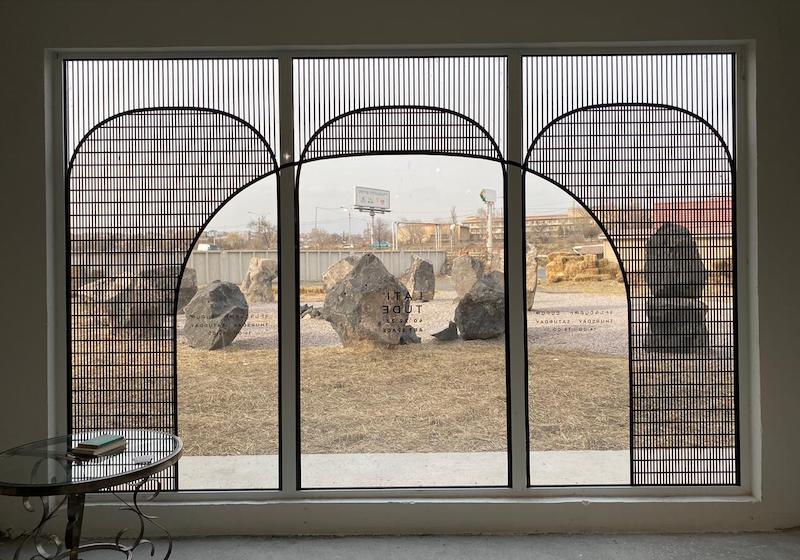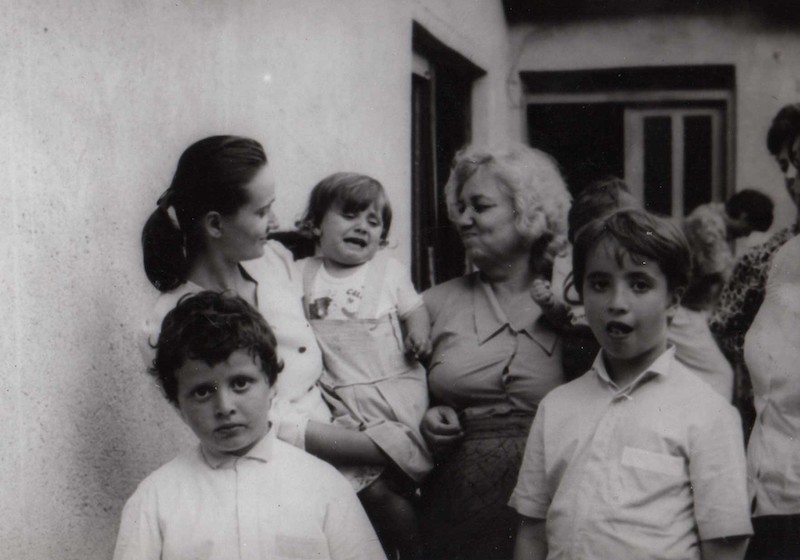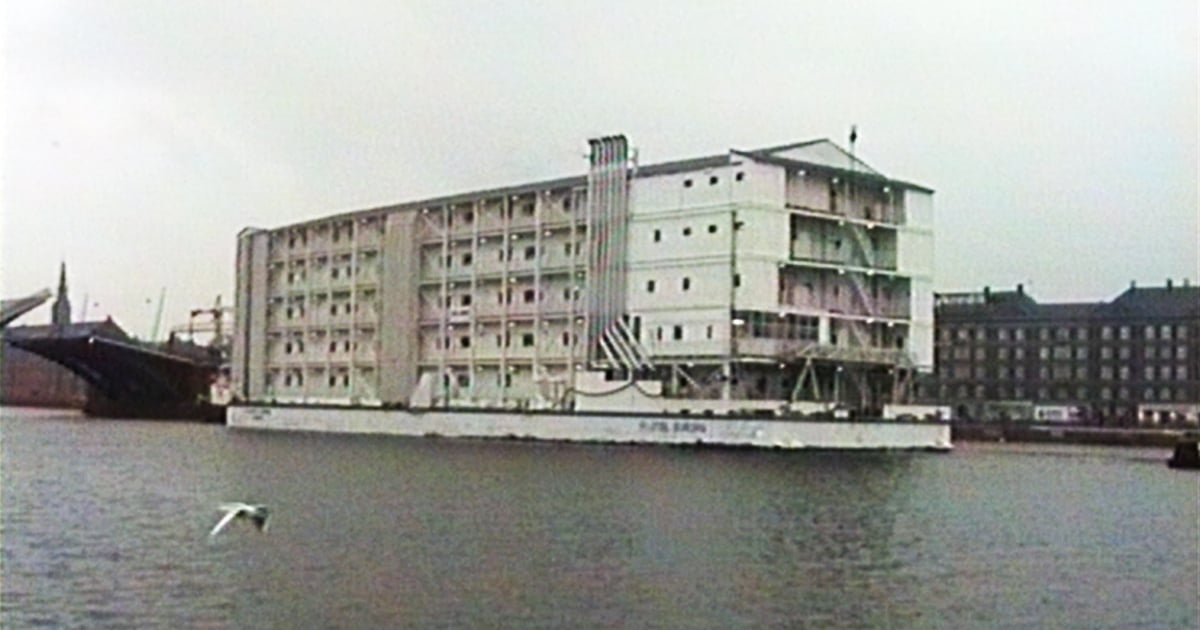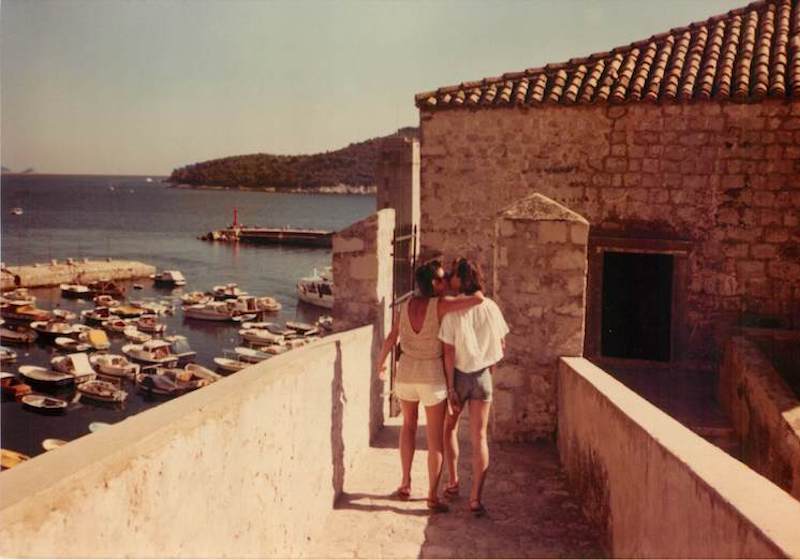‘We had to respond very quickly.’ Yerevan gallery transforms art space into shelter for Nagorno-Karabakh refugees

“I wish I could shoot; I wish I was strong,” says Aline, a refugee from Nagorno-Karabakh. “I feel so useless sitting here while my son is at war.” She appears calm, but sad. The 47-year-old is the most talkative of the few refugees I visit in Latitude, an art space in the Armenian capital of Yerevan.
Latitude opened its doors a year ago inside the Vahakni residential community in one of the capital’s most prestigious suburbs. The space, designed by Italian architect and interior designer Marina Ranieri, had been supposed to offer free room for contemporary artists. But on 28 September, its owner, the Yerevan Biennial Art Foundation, postponed all of the art space’s projects to instead host those fleeing fighting in Nagorno-Karabakh. Thousands of people have been displaced since September 27, when conflict over the disputed territory reignited once more between Armenia and Azerbaijan. In response, most of Latitude’s art installations were removed, and mattresses now take their place for the 41 people currently living inside.
“In moments like this, it’s important that everyone helps in every possible way,” says Fabio Lenzi, co-founder of the Yerevan Biennial Art Foundation and founder of the Latitude Art Space. “It was a quick decision to give a roof to those people who have lost everything.”
For the art space itself, the change was not as drastic as it may seem. Latitude was created to cater for a contemporary art world that demands flexibility, and can transform to fit the moods and concepts offered by artists. Now, those large spaces have been co-opted to reflect other changes.
“Everything changed, values changed, and we had to respond very quickly,” says Gayane Meliksetyan, from the Vahakni City administration. “We made sure that the environment around was safe and that we could logistically provide everything that people would need. Within three days, we were able to gather clothes, food, first-aid medicines, and beds. In moments like this, you become more sensitive, but also strong, because you see that these people are relying on you.”
The space now looks surreal, reminiscent of the set for Lars Von Trier’s film Dogville. The huge space is divided in conditionally symbolic areas, which are bearing a function of home. Here, a curtain divides one family from another; one village from the next; and within the 400 square metre space you can easily ‘travel’ from one city of Nagorno-Karabakh to another by foot.
The Vahakni community support group are now hoping to move the refugees to a more comfortable shelter for the winter. The art space wasn’t designed to be inhabited, and the refugees will soon need more comfortable space to reside, particularly as the conflict continues.
When I say this word — ‘conflict’ — while talking to Aline, she becomes upset, looking away while she pours me tea in a paper cup. As she lays it in front of me, she says: “I know you are trying to sound polite, but this is not a ‘conflict’ anymore. People don’t die from ‘conflict’, people don’t leave their homes because of ‘conflict’, churches, hospitals, and schools aren’t destroyed from ‘conflict’. This is an actual war.”
Click here to support the Yerevan Biennial Art Foundation and their future work.


